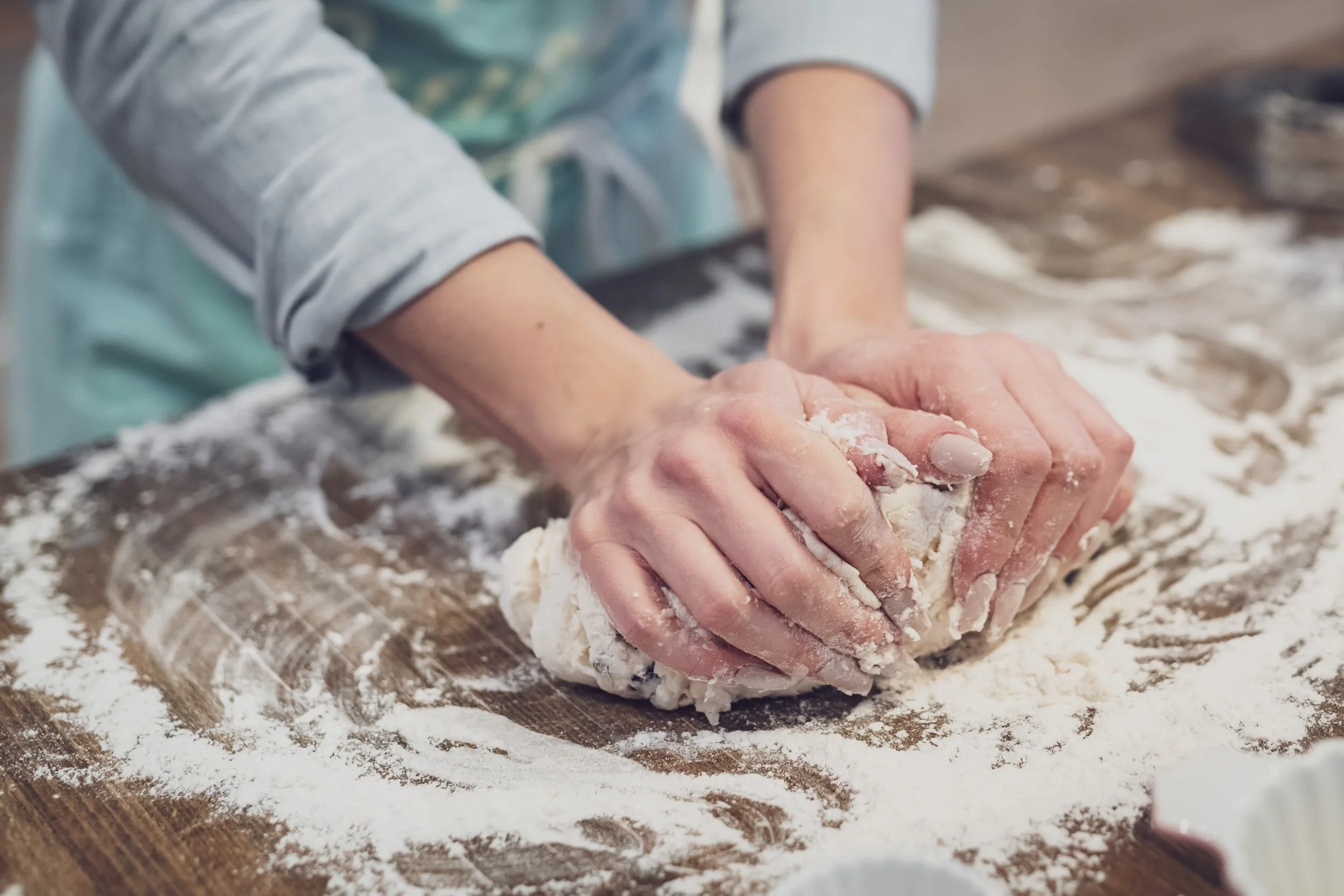Baking Bread
For breakfast this morning, I took my latte and scone out to the deck. I listened to the birds call to each other in the spruce tree, and watched deer rise from their beds by the creek to meander westward. The air was clean and new, scented by the tulips, daffodils, and phlox blooming in my garden. Iris and anemone are budding, and already the fields are greener than they were last summer, prompted by this spring’s frequent snowfalls.
Spring! Yes! Today I’d finish my rose garden: I’d weed, add some mulch. Maybe fix a new trellis for the climbing rose while pondering my next blog.
But by the time I showered, dressed, and discussed the day’s plans with my husband, it had happened.
The wind. Have I mentioned the wind before? Why do we need all this wind? Especially when the day started out so beautiful!
There’s a reason for wind. I know. I get that it’s a natural result of atmospheric highs and lows even if I don’t fully understand how it all works and why it’s necessary.
But when it comes down to it, the science of the wind is not what matters to me today. What matters is that instead of working in the garden, I’m confined indoors. That’s my reality. And when the wind blows and the clouds pile in, I just want to eat. Bread. Steaming homemade bread spread with butter and homemade jam. Okay, so I’ll make soup to go with it. Maybe tortellini soup, or chicken noodle. It doesn’t matter. Soup is just a way to legitimize the bread I’ll serve it with.
There’s something about baking bread—something we were thinking about a lot a year ago during the lockdown. Something I need when spring gets shoved out of line by the wind bully. And that something is comfort.
I remember my mother calling me to the kitchen when I was about eleven. “It’s time for you to learn to make bread,” she said. “This is how you do it.”
She taught me a trick to remember the recipe, and how to gauge the temperature of the water to start the yeast. Too hot, and it would kill the yeast. Too cool and the yeast wouldn’t activate properly. She stood beside me and placed her hands over mine to work the flour sifter, and knead the dough. Then to oil the bowl and swirl the dough through the oil, and place it oiled-side-up to rise. After punching it down twice, reshaping it into loaves, and baking it for thirty minutes, we pulled it from the oven, smooth and golden brown and melt-in-your-mouth delicious.
Was I glad to make bread with my mom that first time? Umm. No. I wanted to read my book! She didn’t need me to help her—she could do it just fine by herself. I didn’t see any reason for her to interrupt my afternoon by making me cook and then help clean up!
Although memories of that day might be why I gain comfort from it, when I make bread today, I admit that I don’t always stop to think about my mom teaching me how. I don’t worry about the chemistry behind the process. What matters most to me is that I love to eat it, and I’m grateful that I know how to make it, so I can have it whenever I want.
Today, when I pull the bread from the oven, I’ll pause a moment to give thanks. Thanks for a mom who realized that the ability to make bread would be a blessing to me someday, and who took the time to teach her unwilling daughter.
Thanks to all the moms everywhere, who stand beside their children with sleeves rolled up and hands gooey, guiding, teaching, encouraging, despite their children’s reluctance. Because someday, their children will rise up and consider themselves lucky to have received what they did not understand they needed.
I doubt I’ll be grateful for the wind.
My mom’s bread recipe (adapted for our high altitude)
Mix together and set aside to start:
½ cup warm water (warmer than a baby’s bath, not as hot as coffee)
1 tsp sugar
2 envelopes yeast
(I use fast-acting yeast—she doesn’t. She’s patient. I’m not.)
In large glass or ceramic mixing bowl, mix together:
2 cups water
1 tsp salt
2 tsp cooking oil
3 tsp sugar
Add yeast mixture and stir briefly.
Gradually add approximately 6 cups all-purpose flour, (Mom and I sift ours) stirring until it forms a moist dough. Turn dough onto a floured surface and knead, adding flour if necessary, until the dough is springy to the touch but not sticky. Remove excess dough residue from bowl. Add 1 Tbsp oil to the bowl, coating the bottom and sides. Swirl dough through oil to coat the top of dough. Cover with clean dishtowel and allow to rise in warm place until double in bulk. Punch down and allow to rise again. Form into two loaves, place in two greased loaf pans, and allow to rise about 10 min, or until it is even with the top of the pan or slightly higher.
Bake at 375 degrees; 25-30 min. Remove from oven, turn out of pans onto cooling racks and brush tops with melted butter. Allow to cool before cutting. (If you have the willpower.)





